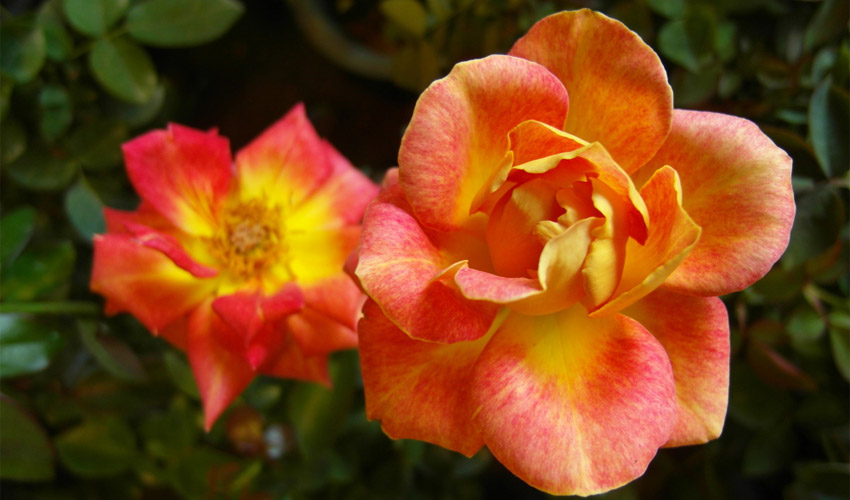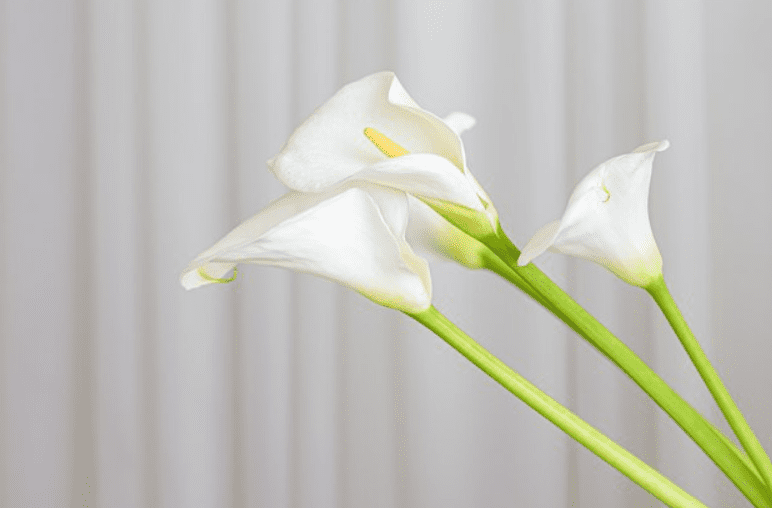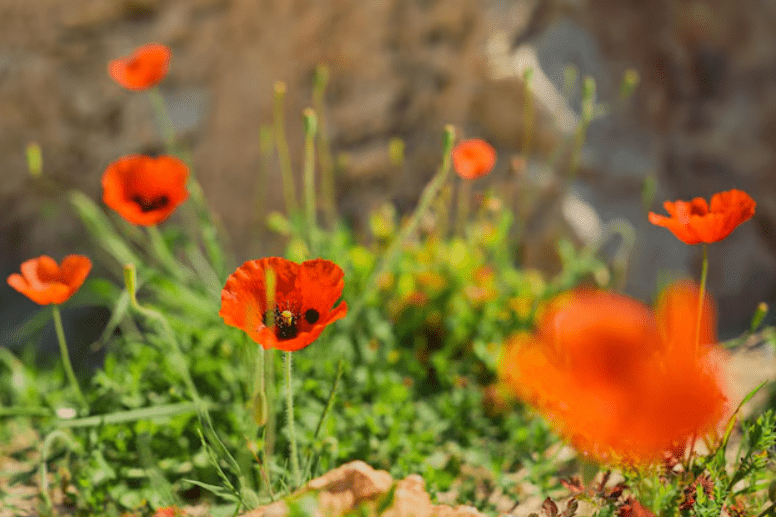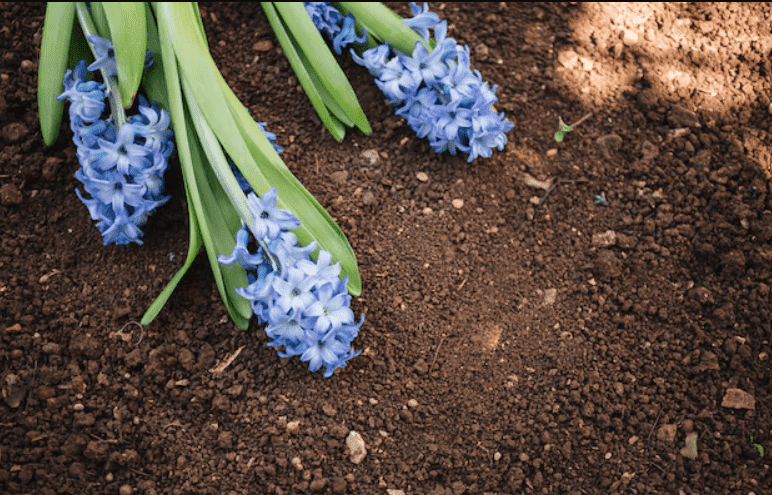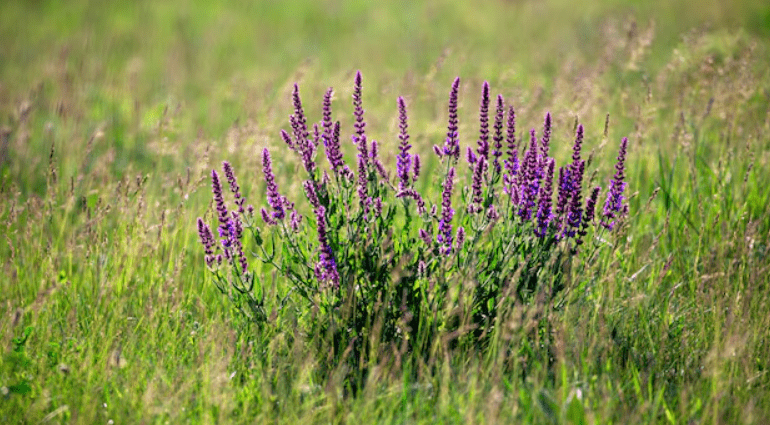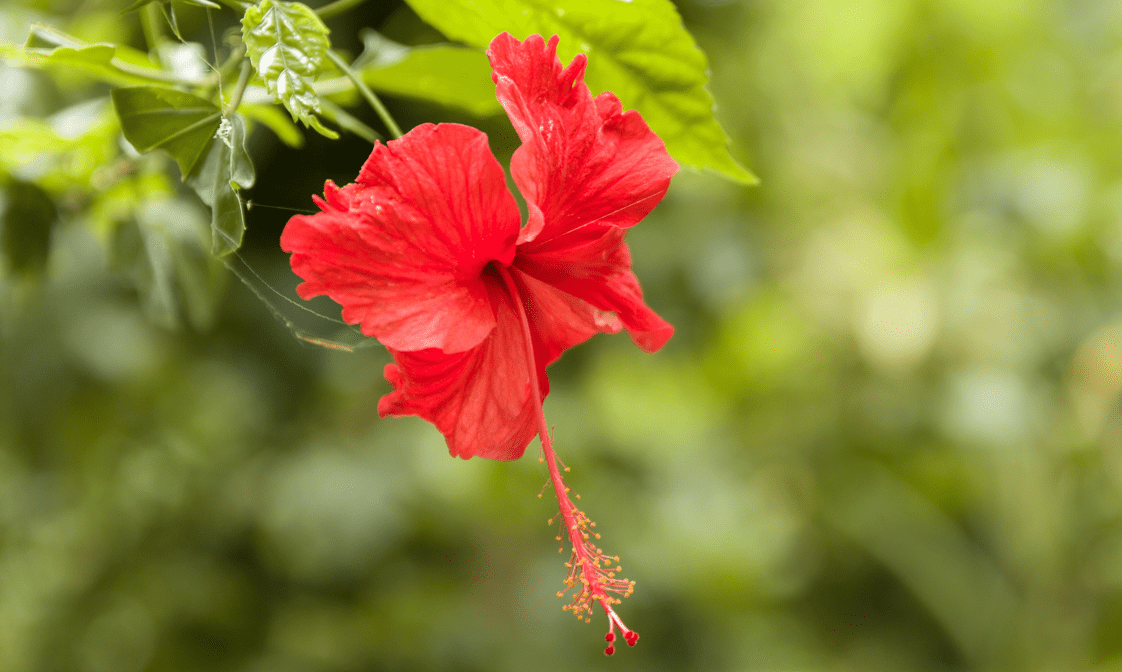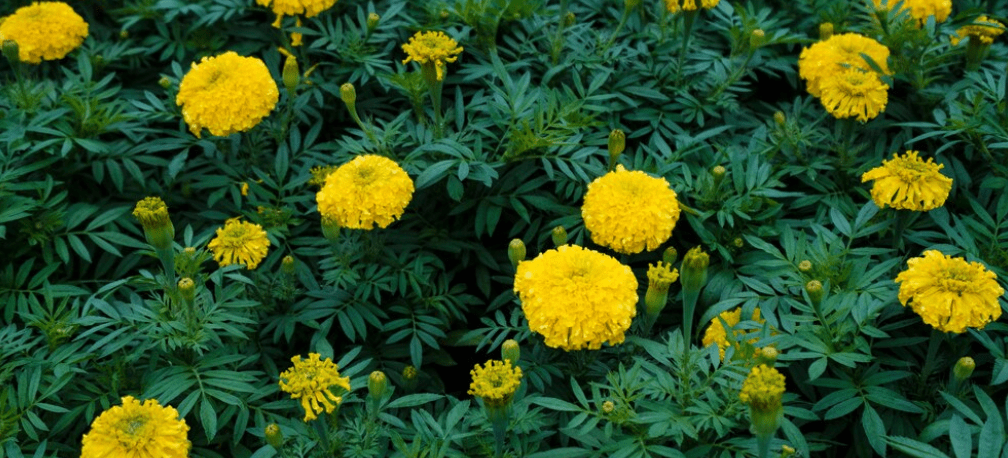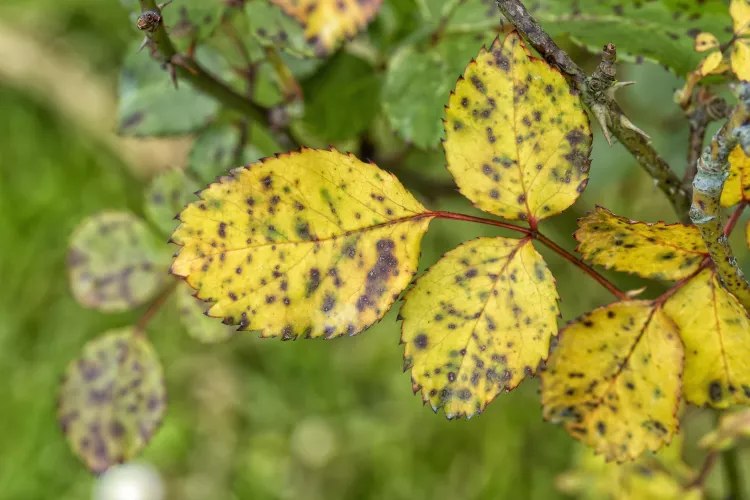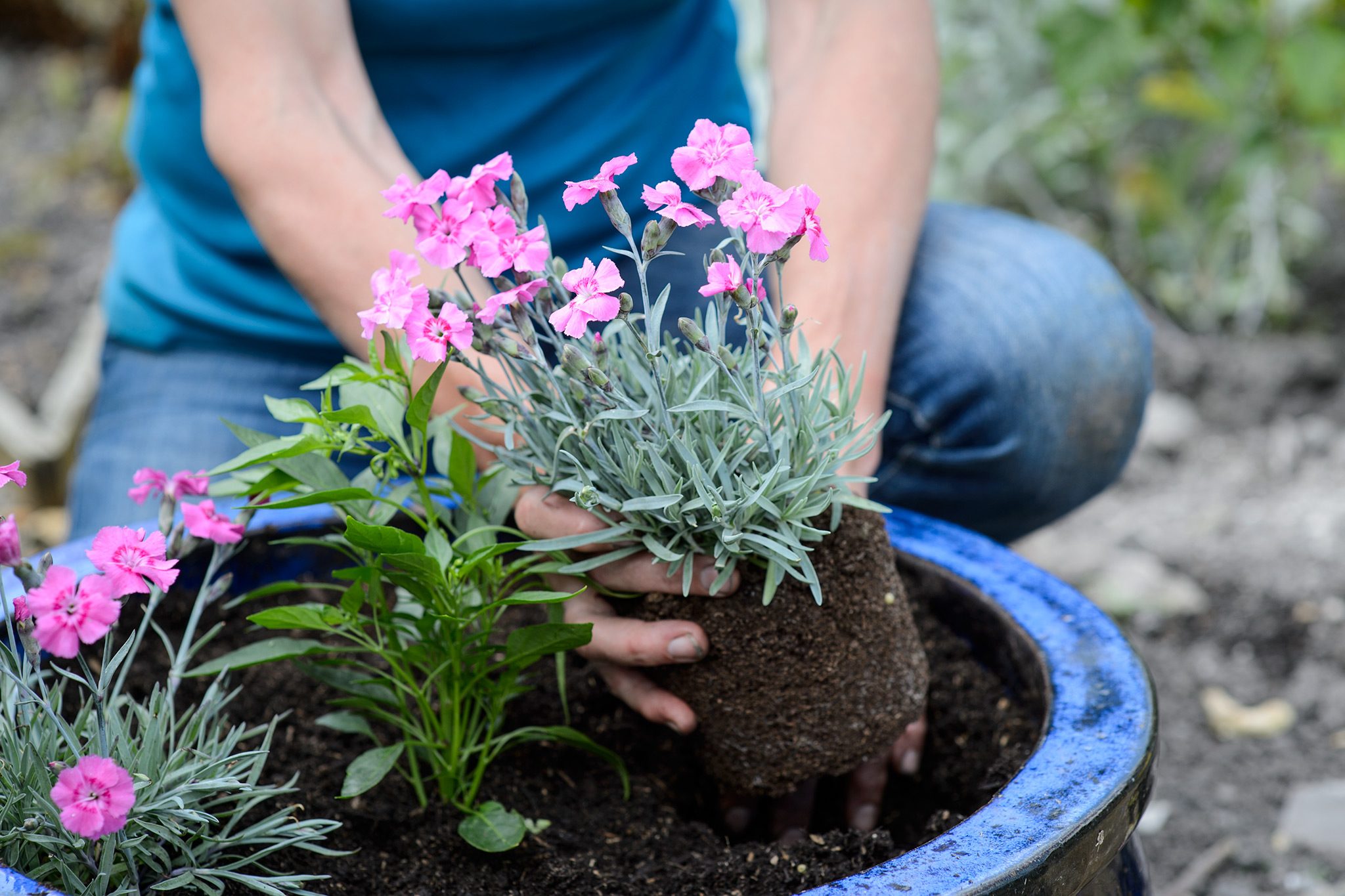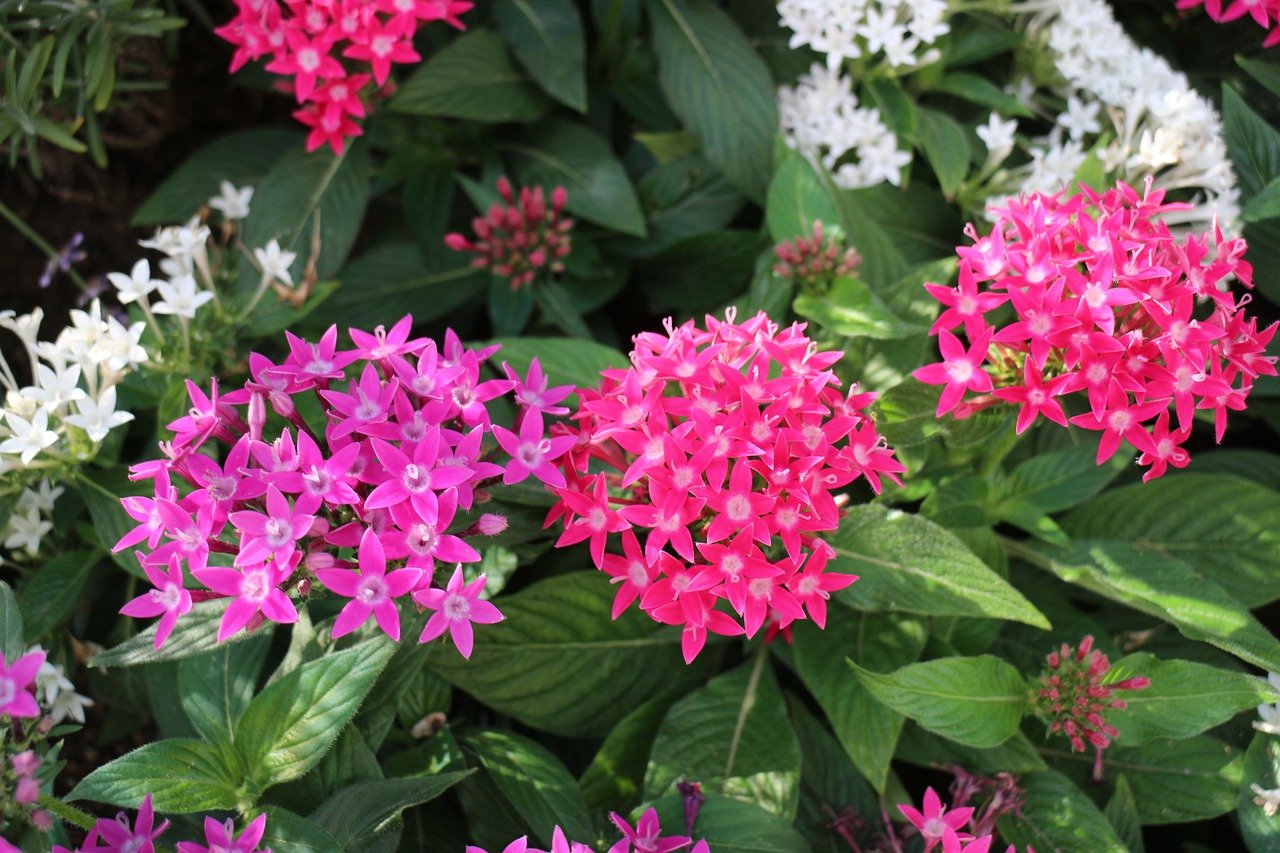Nasturtiums are easy-to-grow flowering plants that double as edible companions in the garden. Their blossoms carry a peppery taste, making them a vibrant and spicy addition to salads. The leaves share a similar flavor, though milder, and can be enjoyed fresh, cooked, or even used as small gluten-free wraps. The green seed pods are edible too—often called “the poor man’s caper” since, once pickled, they mimic the tangy flavor of true capers and caper berries.
Most nasturtiums grow with a trailing habit, spreading across the ground, spilling gracefully from containers, or climbing up supports like trellises. If space is limited, choose compact varieties with an upright, rounded form that fit beautifully in pots or among taller plants.
These cheerful flowers bloom in a wide palette of shades, including cream, yellow, orange, pink, and red. Beyond their beauty, nasturtiums serve a practical purpose in the vegetable garden by attracting beneficial insects while deterring common pests.
Table of Contents
Toggle5 Steps to Growing Nasturtiums
- Pick a sunny to partly shaded spot, or plant nasturtiums in containers and hanging baskets for a cascading effect.
- Once settled, nasturtiums often self-seed and return year after year, making them a low-maintenance choice.
- If the plants become leggy or thin in midsummer, trim them back to encourage fresh growth and another flush of flowers.
- For more abundant blooms, give them a light feed with all-purpose fertilizer during the growing season.
- Use nasturtiums as both an ornamental and edible companion plant. Tuck them among vegetables or display them in pots for a burst of color and garden-friendly benefits.
Preparation and Planting in the Garden
Nasturtiums are resilient once established and can adapt to many soil types, though they will thrive with a bit of added compost before planting. To prepare the site, work some organic matter into the top 10 cm of soil with a garden fork or shovel.
Carefully take the seedling or young plant out of its pot or tray, gently loosening the roots if they appear compacted.
Place the nasturtium into the prepared ground and backfill with soil, pressing lightly around the base. Follow spacing recommendations on the plant label, as some varieties spread more widely than others.
Finish by watering thoroughly and applying mulch to help retain moisture and keep weeds down.
Growing from Seed
Nasturtium seeds are quite large, making them simple to handle and quick to sprout. Sow them directly where you want them to grow, placing each seed about twice as deep as its width. Water the soil thoroughly after sowing, and keep it evenly moist during germination. Within 7–10 days, seedlings should appear, at which point you can reduce watering.
Apply mulch around the young plants to help conserve moisture and prevent weeds from growing. If snails or slugs are a problem, protect seedlings by using natural barriers or gentle deterrents to keep pests at bay.
Planting in Pots
Nasturtiums adapt well to pots of any size, but with good drainage. Select a container that matches the eventual height and spread of the variety you’re growing. If space is limited, choose compact types with a tidy, upright habit rather than sprawling ones.
Use a good-quality potting soil to fill your container. Gently take out the plant from its nursery pot, loosening the roots if they’re tightly bound. If seedlings are clustered in trays, gently separate them before planting. Position each nasturtium in the soil, backfill around the roots, and press down lightly.
Water thoroughly after planting, then add a thin layer of mulch to help retain moisture.
Fertilizing & Care
When you care for nasturtium plants, remember they don’t need much feeding to thrive and bloom. However, if you notice lush foliage with few or no flowers, give them a boost with a light application of liquid fertiliser every two weeks throughout the growing season to encourage more blooms.
Deadheading isn’t essential, but by midsummer, sprawling plants can start to look leggy and untidy. If this happens, cut them back by about half. The plants will quickly recover, producing fresh leaves and another wave of flowers.
Since nasturtiums are sensitive to frost, the first cold snap in autumn or winter typically causes them to die back. Collect and store seeds at this stage if you want to replant them the following spring.
Common Pests and Diseases
Young nasturtium seedlings are especially vulnerable to slugs and snails, which can cause noticeable damage. Protect new plants by setting simple beer traps—small dishes filled with beer placed among the seedlings—or by using natural barriers to deter these pests.
Caterpillars may also feed on nasturtium leaves and flowers from time to time. Handpick and remove them as you spot them, or if the problem becomes severe, apply an organic insect control spray to manage the infestation.
Interestingly, many gardeners grow nasturtiums as “decoy plants.” The white cabbage butterfly often chooses to lay its eggs on nasturtium leaves, sparing valuable crops like cabbage and other brassicas from damage.

